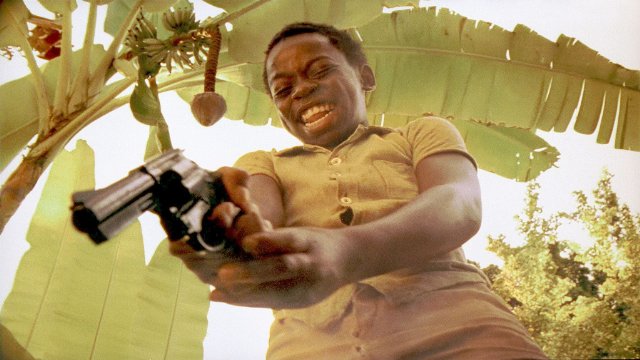
Sometimes a necessary compromise due to budget limitations, but most of the time a conscious artistic decision made during the development or the pre-production of a movie, working with non-professional actors is a filmmaking practice adopted by many directors of various cinema eras and movements.
The non-professionals’ lack of training, together with their presumable real-life matching to a specific location, time period, or story, is often responsible for creating the delusion that they don’t really act, which can be a perfect tool in a director’s pursuance for a more realistic or documentary-like feel. This is why most of the important filmmakers of those cinema movements related to realism (Italian Neorealism set the standard historically for generations to come) relied on non-professionals in many of their works. However, the truth is that the non-professionals also act, and occasionally with glorious results.
They may have a tendency to follow unconventional methods as opposed to the ones used by their professionally educated colleagues. At the same time, they can prove more willing to leave their egos aside and receive direction from ground zero, providing the ideal basis for the director to shape out the performances they originally envisioned.
This particular selection consists of 30 films by as many filmmakers, in which amateurs or first-timers (untrained or non-professional actors, who later appear more times onscreen, and possibly receive some formal training on the way) made up a big part of the cast, thus contributing essentially to each film’s cult, acclaimed, or even legendary status.
Many of those filmmakers on the list are renowned ideologists regarding the usage of non-professional actors, and have created more than one masterpiece sticking to that trend. In order to not miss any of these great films (along with a few more by other equally important filmmakers), be sure to check the honorable mentions section as well.
30. Santa Sangre (Alejandro Jodorowsky, 1989)
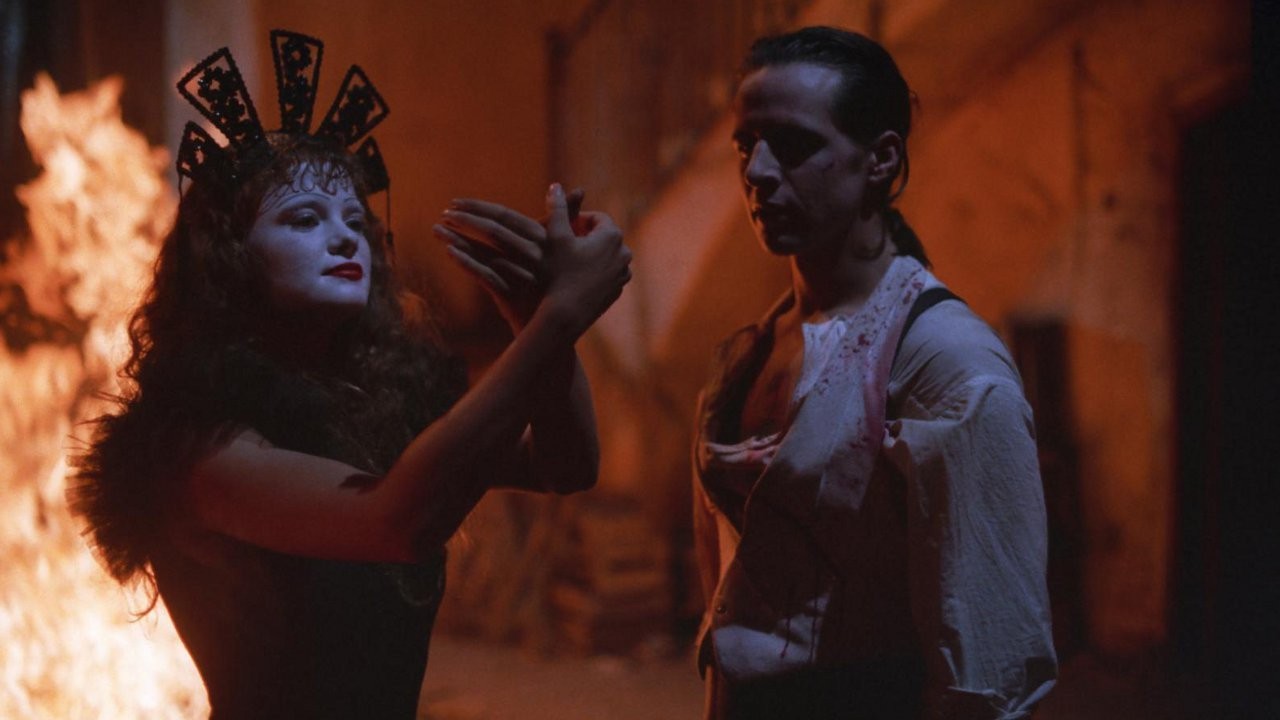
Can horror be poetic? Well, in the hands of the avant-garde maestro Alejandro Jodorowsky, sure it can.
The Chilean filmmaker, who had previously directed the 70s psychedelic classics “El Topo” and “The Holy Mountain”, employed a bizarre blend of circus life and tricks, colorful imagery (“Santa Sangre” means “Holy Blood”, so the red color is in the foreground), flashbacks and flash-forwards, to tell the tragic story of a traumatized juvenile (Fenix), portrayed in various phases of his life by the director’s sons Axel and Adan.
The film centers on Fenix’s lifelong relationship with the two major female figures of his life; his tormented mother Concha, and his deaf-mute childhood friend Alma.
29. Los Olvidados (Luis Buñuel, 1950)
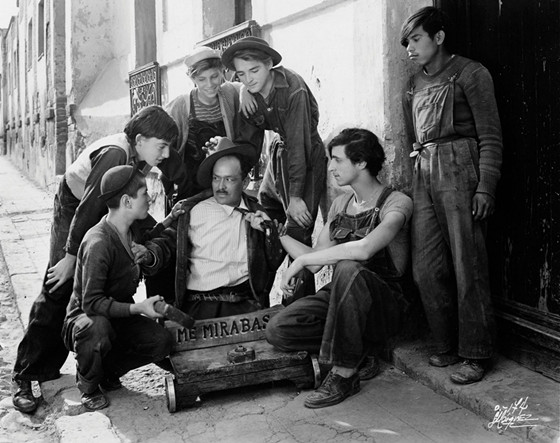
A crime drama set in the Mexico City slums, “The Forgotten Ones”, aka. “The Young And The Damned”, is one of the most distinguished of all Buñuel films (the first of his films that received international recognition at the Cannes Film Festival), and one that shocked the Mexican public upon its theatrical release, mainly because of the director’s commitment to stay away from those character embellishments frequently found in Latin melodramas.
The naturalistic performances of the young protagonists of the cast gave the movie a neorealist feel, but there are still a few typical Buñuel surrealist moments evident throughout.
28. Ponette (Jacques Doillon, 1996)
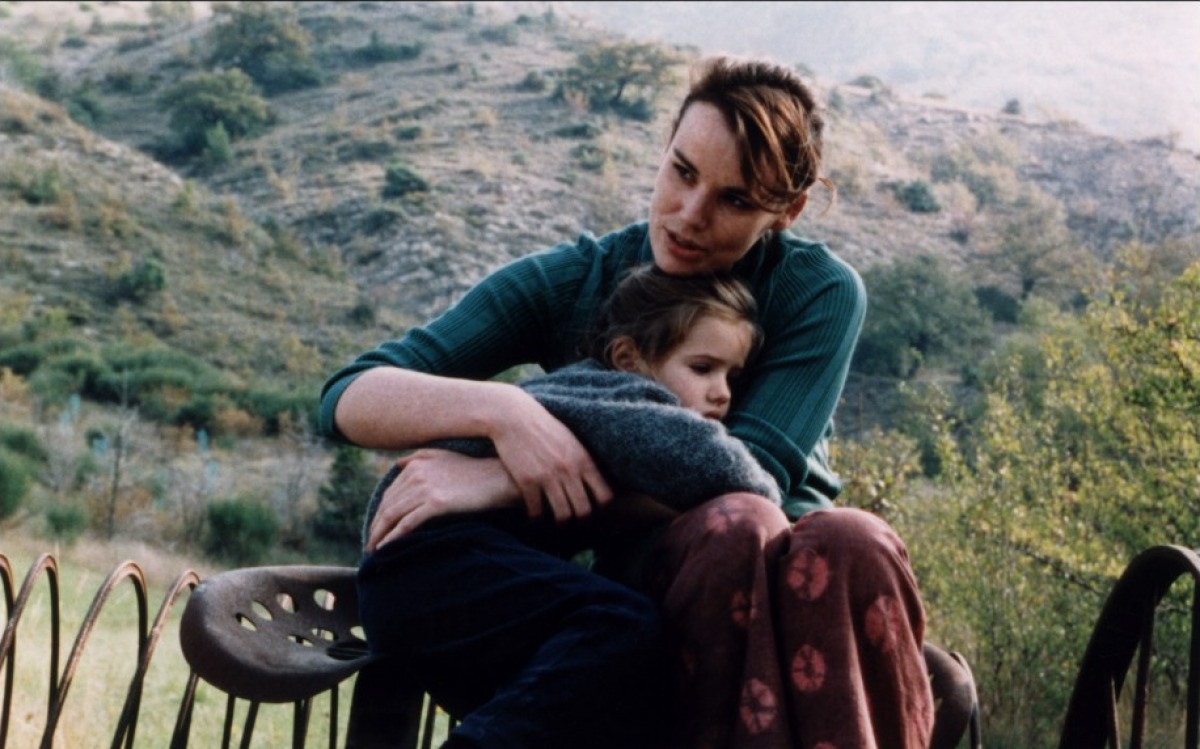
Directing children is not rare, but getting extraordinary performances out of them like the ones by Victoire Thivisol (who plays the eponymous role), and the rest of the young children in “Ponette”, is a remarkable achievement.
The storyline revolves around young Ponette’s impotence to accept the death of her mother, right after the car accident they were in (the little girl survived with just a minor arm injury). No matter the honest support she gets from her father, her cousins, and her aunt, Ponette remains heartbroken, constantly waiting for her mother to return. The subjects of loss, childish innocence, and faith are highlighted throughout the film.
27. Stranger Than Paradise (Jim Jarmusch, 1984)
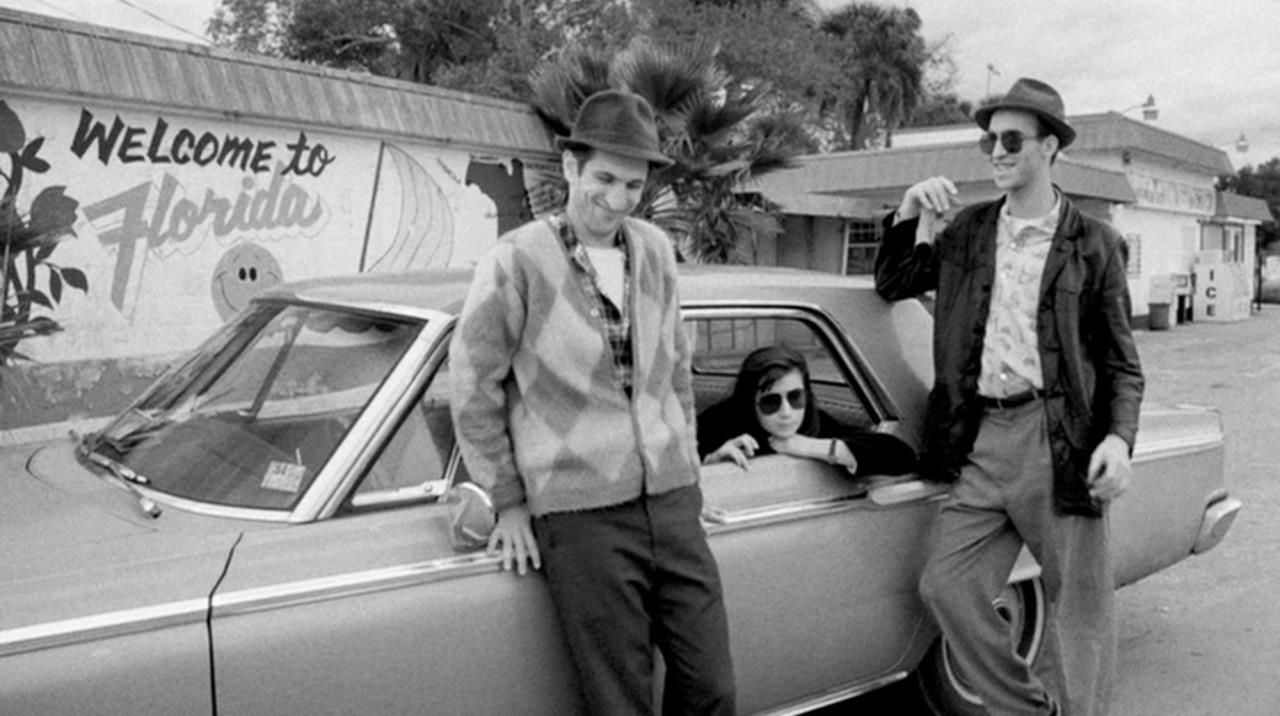
“Stranger Than Paradise” is one of the landmarks of independent filmmaking, and the movie that set the tone for the rest of Jim Jarmusch’s career.
There are three acts in the movie, all dealing with events in the life of a New York City loafer named Willie (brilliantly portrayed by the talented John Lurie, who was also the soundtrack’s composer), who is definitely a man for his time and place (any resemblance to the “sometimes there’s a man” segment from “The Big Lebowski” is accidental).
The other core members of the cast are his buddy Eddie (Richard Edson), and his foreigner cousin Eva (Eszter Balint), who develops an unusual but quite emotional bond with Willie. Both Edson and Balint make their acting debuts here, and just like Lurie, come from a musical background, too.
26. Closely Watched Trains (Jiří Menzel, 1966)
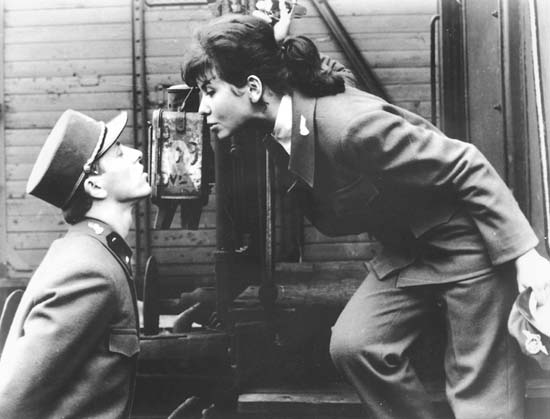
One of the most famous films of the Czechoslovak New Wave, “Closely Watched Trains” is a coming-of-age comedy/drama set during the German occupation of Czechoslovakia in World War II.
Shot almost entirely at a train station in central Bohemia, the movie tells the story of a newly hired station guard named Miloš (portrayed by pop singer Václav Neckář), who, during his training period, is influenced by the contradictory personalities working or living around him; his idle father, the harmless but cranky stationmaster, and the womanizer/resistance supporter/train dispatcher Hubička.
Meanwhile, he enjoys an easygoing platonic affair with a young train conductor named Máša, but when he gets the chance to spend the night with her and consummate the relationship, things get a bit complicated…
25. Clerks (Kevin Smith, 1994)
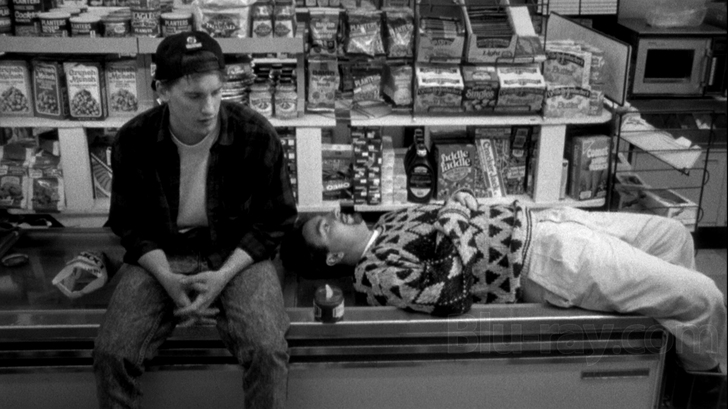
The movie that unleashed the talent of Kevin Smith, and remains his best to this day, “Clerks” is one of the most interesting cult comedies of the 90s, and one of the most celebrated low-budget offerings coming from the US. It was shot mainly at the Quick Stop convenience store Smith worked at in real life, and because of that he was allowed to shoot only during night hours.
The result was that he slept about one hour per day during the 21 days of shooting (the whole story behind the creation of “Clerks” is a must read for all wannabe filmmakers in need of some extra motivation, or struggling to find financial backing).
The story focuses on a day in the life of two clerks and buddies, Dante (who Smith based on himself) and Randal, who spend their entire day discussing Dante’s personal issues, arguing about cosmogonic matters such as “Star Wars”, and having unexpected encounters. Smith also stars in the film as Silent Bob, a role he would continue to play in most of his “View Askewniverse” films.
24. Gomorrah (Matteo Garrone, 2008)
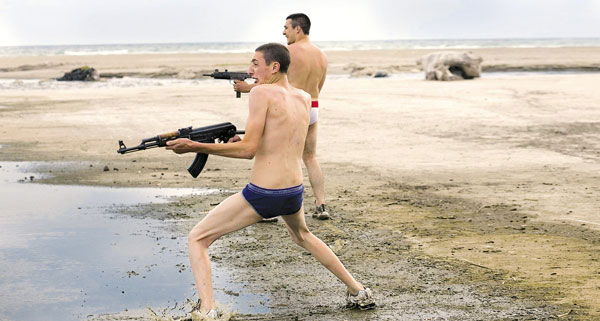
So, you have seen “The Godfather Trilogy” and “Goodfellas”, and you think you know everything about mob men? Think again…
“Gomorrah” was based on the eponymous non-fiction book by Roberto Saviano, an Italian journalist who dedicated his life investigating the everyday operations of the Camorra (a 400-year old criminal organization based in Naples and Caserta), and as a result has lived under 24-hour armed surveillance since the release of his book.
Matteo Garrone’s docudrama depicts the lives of six individuals either employed by people consorted with the Camorra, or who have gotten in the way of Camorra activities. The director’s main concern was to make the world see the real face of both gangsters and Camorra associates, which is why almost all actors in the movie are local amateurs (or even a real-life gang boss).
23. Elephant (Gus Van Sant, 2003)
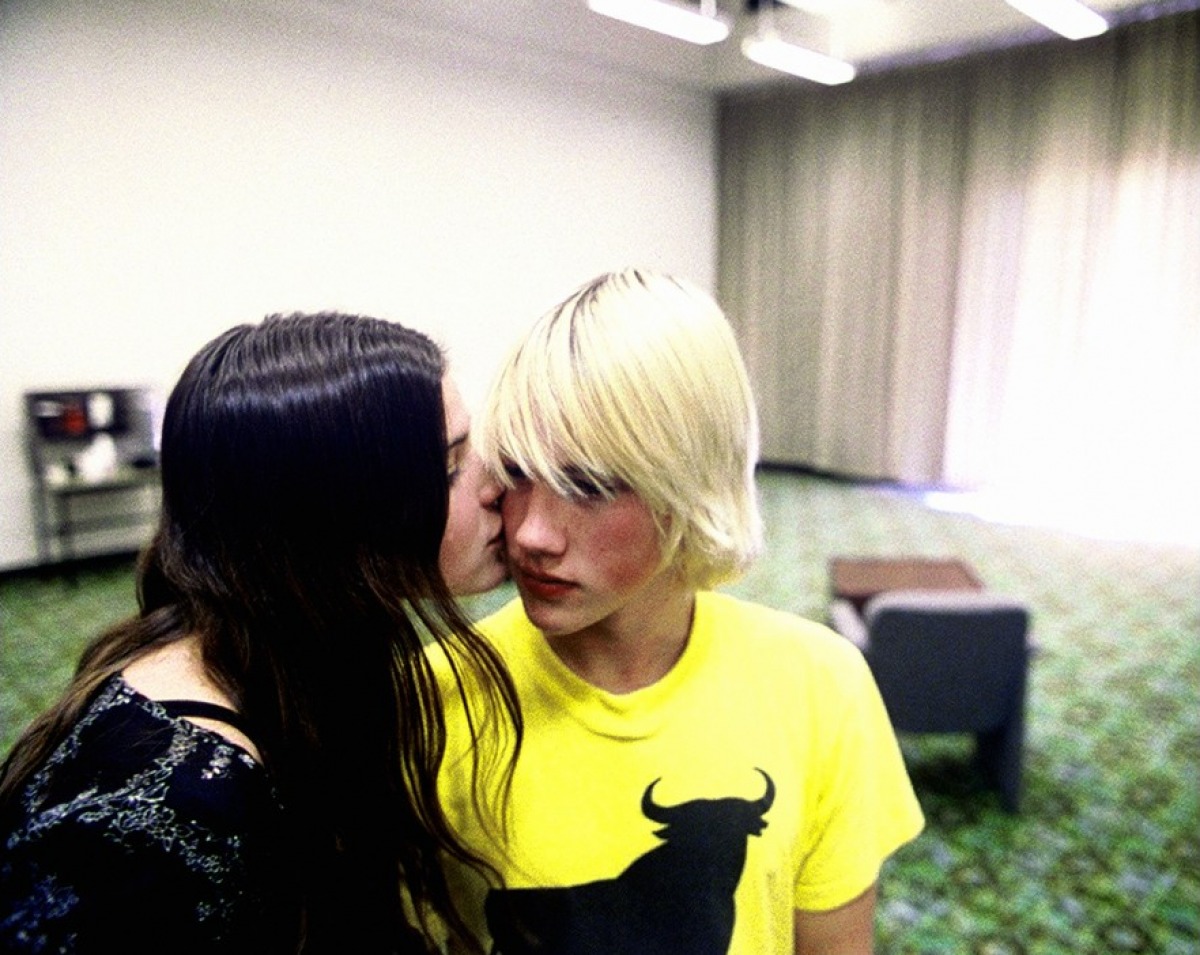
Probably the most important movie related to school shootings, “Elephant” is an anti-violence anthem based on the 1999 Columbine High School massacre.
Van Sant’s fluid camera style succeeded in displaying the everyday life inside the school facilities, while his decision to focus on certain characters prior to the main event of the day gave the film a genuine teen spirit, and a sense of tragic irony. The story is shown from various points of view, and the young amateur cast improvised most of the dialogue during shooting.
22. Padre Padrone (Paolo & Vittorio Taviani, 1977)
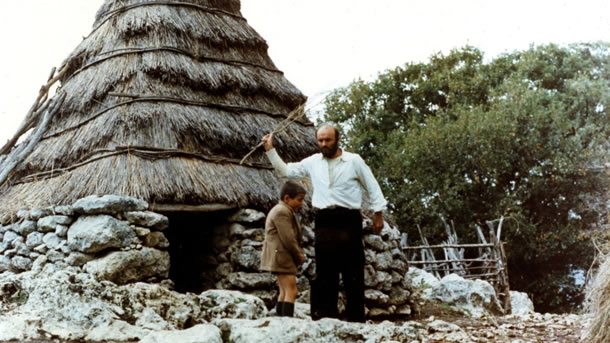
The film that put the Taviani brothers on the map, “Father And Master” (the English title) is a pretty straightforward coming-of-age story based on Gavino Ledda’s autobiographical book of the same name.
The plot concentrates on Gavino’s (portrayed by the young amateurs Fabrizio Forte and Saverio Marconi) intense relationship with his father, a man who denies his son the opportunity for basic education, in order to have him work as a shepherd. The family sheep and the Sardinian countryside become the only companions in the whole course of Gavino’s childhood, but after the military calls him for service, he gets a real break to know the world.
21. I Am Cuba (Mikhail Kalatozov, 1964)
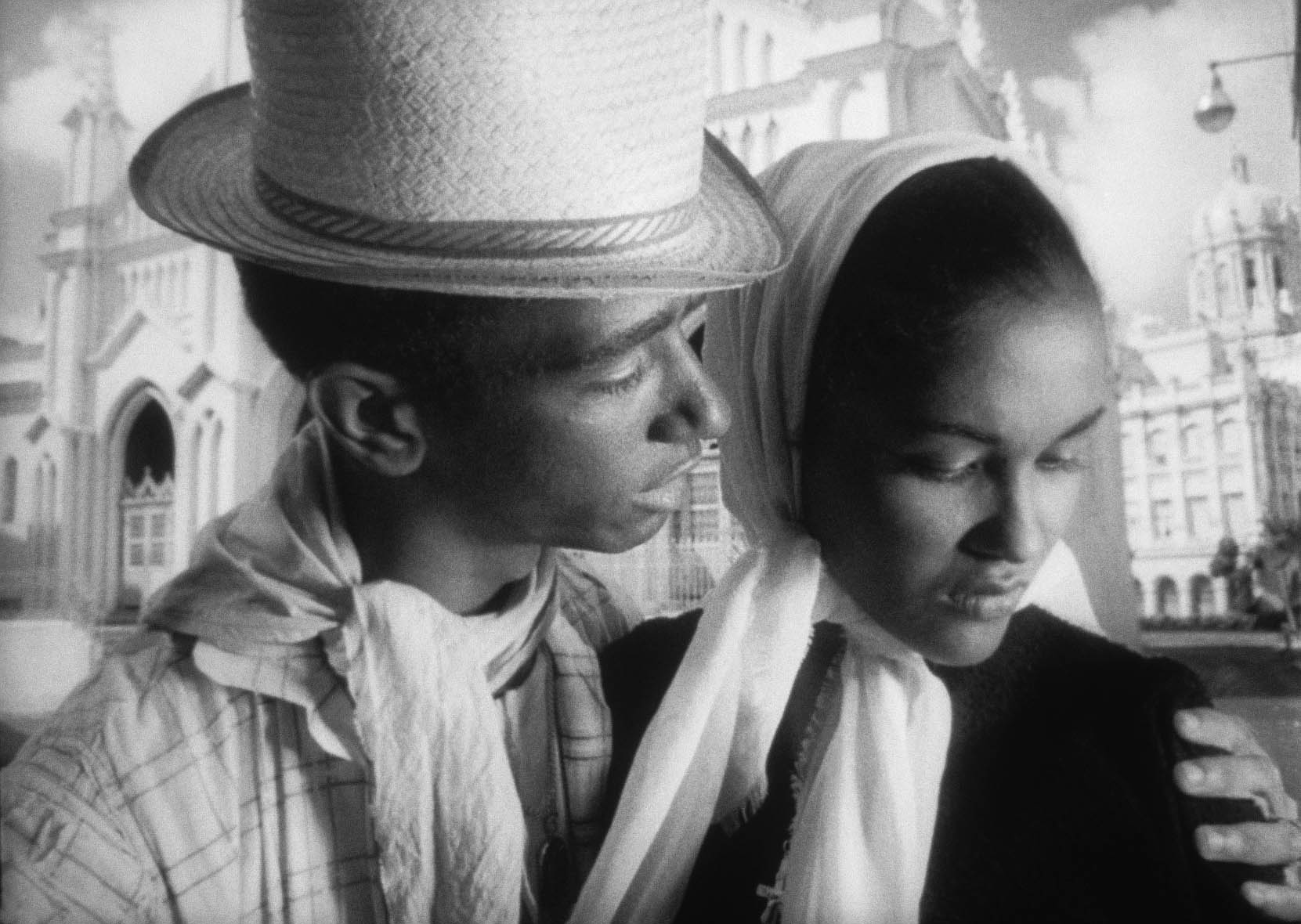
The Soviet-Cuban co-production that was initially financed to promote the ideology of international socialism to the world is usually praised for its visual audacity and physical attractiveness. Besides that, its beauty is also derived from the performances of a large cast of non-professional actors and volunteers, who contributed accordingly to the film’s lyric narrative style.
The four parts of the story not only uncover the true face of the Batista dictatorship, but also introduce the Cuban people’s gradual involvement in the uprising against the oppressive regime.